In today’s technologically advanced world, tablets have become an integral part of our lives. With their sleek designs and versatile capabilities, tablets have made their way into various industries, including education. The use of tablets in education has gained significant popularity in recent years, revolutionizing the way students learn and teachers instruct. However, like any other technological advancement, tablets in education come with their fair share of advantages and disadvantages. In this article, we will delve into the pros and cons of using tablets in education, exploring both the positive and negative aspects of integrating this technology into classrooms.
The Pros of Using Tablets in Education
Tablets offer numerous benefits when it comes to education. Here are some of the advantages of incorporating tablets into the learning environment:
Enhanced Interactivity and Engagement
Tablets provide a highly interactive and engaging learning experience for students. With their touch-screen interfaces and intuitive applications, tablets allow students to actively participate in lessons and activities. The ability to swipe, tap, and draw on the screen enables students to explore concepts in a more hands-on manner, fostering deeper understanding and knowledge retention.
Access to Vast Educational Resources
One of the major advantages of using tablets in education is the access they provide to a vast array of educational resources. Students can utilize digital textbooks, online encyclopedias, educational apps, and multimedia content to enhance their learning experience. This wealth of resources offers students the opportunity to explore subjects beyond traditional textbooks and engage with dynamic and interactive content.
Personalized Learning Experience
Tablets allow for personalized learning experiences tailored to individual students’ needs and preferences. With the availability of educational apps and software, teachers can create customized learning paths and activities that cater to each student’s strengths, weaknesses, and learning style. This individualized approach helps students learn at their own pace and promotes self-directed learning.
Collaboration and Communication
Tablets facilitate seamless collaboration and communication among students and teachers. Through features like instant messaging, discussion forums, and shared document editing, tablets enable students to work together on projects, exchange ideas, and provide feedback in real-time. This collaborative environment fosters teamwork, critical thinking, and effective communication skills.
Portability and Flexibility
Compared to traditional textbooks and desktop computers, tablets offer greater portability and flexibility. Students can carry a single device that holds all their educational materials, eliminating the need for heavy backpacks filled with books. Additionally, tablets enable learning beyond the confines of the classroom, allowing students to continue their studies at home or on the go.
The Cons of Using Tablets in Education
While tablets bring numerous advantages to the educational landscape, there are also some drawbacks that need to be considered. Here are the cons of using tablets in education:
Distractions and Lack of Focus
One of the primary concerns regarding tablets in education is the potential for distractions and reduced focus. With the internet connectivity and a wide range of applications available, students may find it tempting to divert their attention to social media, games, or other non-educational content. This can lead to decreased productivity and hindered learning outcomes.
Cost and Accessibility
Implementing tablets in education can be a costly endeavor. The initial investment of purchasing tablets for each student, along with the necessary infrastructure and software, can place a strain on school budgets. Furthermore, the accessibility of tablets may be limited in schools with limited resources or in regions where internet connectivity is unreliable or unavailable.
Technical Issues and Maintenance
Tablets, like any electronic device, are prone to technical issues and require regular maintenance. Software updates, compatibility issues, and hardware malfunctions can disrupt classroom activities and cause frustration among
students and teachers. The need for technical support and troubleshooting can divert valuable instructional time.
Screen Time and Health Concerns
Extended exposure to screens can have potential health implications for students. The prolonged use of tablets may contribute to eye strain, posture problems, and sedentary behavior. It is crucial to establish guidelines and promote healthy screen habits to ensure the well-being of students while using tablets for educational purposes.
Security and Privacy Risks
Using tablets in education involves the collection and storage of sensitive student data. Schools must implement robust security measures to protect this data from unauthorized access and cyber threats. Additionally, there is a concern regarding student privacy, as the use of tablets may involve the sharing of personal information and data with third-party applications and platforms.
Here is some useful articles to read :
Things You Need to Know About MFi Certified Apple Products
How i know if my iphone real or Fake? Your first guide to Apple authenticity
Conquer Your Day Comfort with the ICourage Portable Handbag: The Ultimate Waterproof Companion
Frequently Asked Questions (FAQs)
- Are tablets suitable for students of all ages?
Yes, tablets can be used effectively across different age groups, from elementary to higher education. However, the specific educational apps, content, and activities should be age-appropriate and aligned with the learning objectives of each age group.
Can tablets replace traditional textbooks entirely?
While tablets offer a digital alternative to traditional textbooks, completely replacing them is a complex decision. Many factors, such as the availability of resources, technological infrastructure, and pedagogical approach, need to be considered before transitioning to a fully digital learning environment.
How can teachers ensure students stay focused and avoid distractions on tablets?
Teachers can implement strategies to minimize distractions and maintain student focus while using tablets. This includes setting clear guidelines for tablet use, utilizing classroom management software, incorporating engaging and interactive activities, and fostering a culture of responsible technology usage.
What measures can schools take to address privacy concerns when using tablets?
To address privacy concerns, schools should ensure compliance with data protection regulations and establish policies that prioritize student privacy. Conducting regular audits of third-party applications and platforms, obtaining parental consent when necessary, and providing clear information about data handling practices can help mitigate privacy risks.
Are there any studies that demonstrate the effectiveness of tablets in education?
Numerous studies have shown the positive impact of tablets on student engagement, motivation, and learning outcomes. However, it is important to note that the effectiveness of tablets in education depends on various factors, such as instructional design, teacher training, and integration strategies.
Conclusion
Tablets have the potential to transform education by providing interactive and personalized learning experiences. The advantages, such as enhanced interactivity, access to vast resources, and collaboration opportunities, can greatly benefit students and teachers. However, it is crucial to acknowledge the drawbacks, including distractions, cost considerations, technical issues, health concerns, and privacy risks. By carefully weighing the pros and cons and implementing appropriate strategies, schools can harness the power of tablets to create a conducive and effective learning environment for students.

